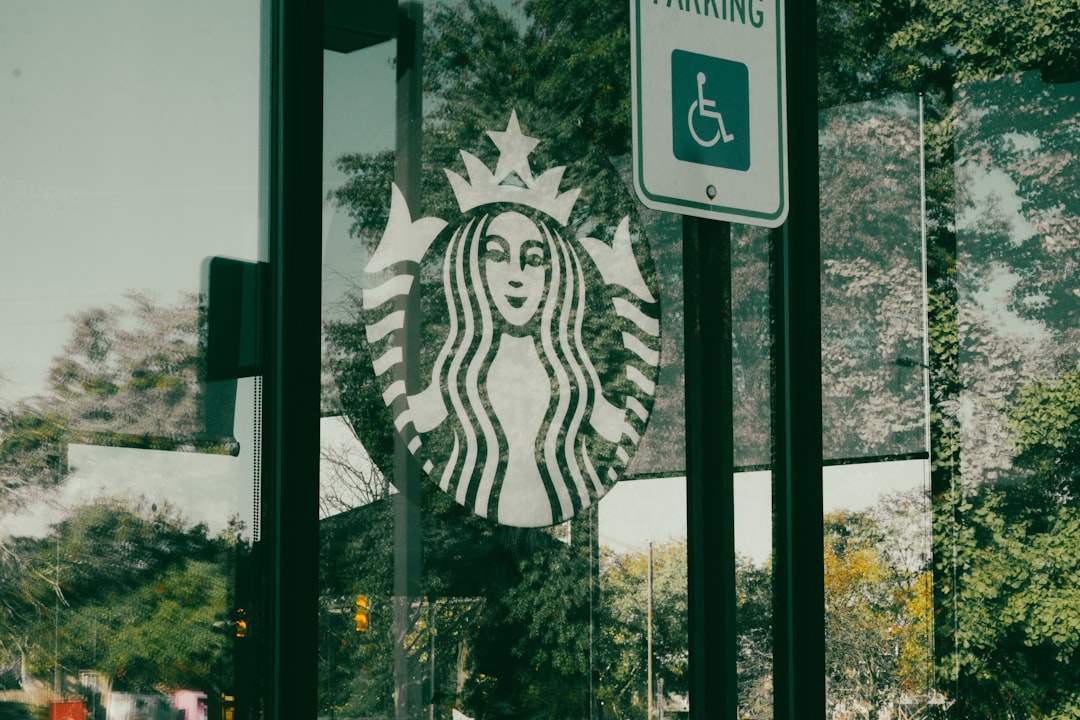The Numbers Tell a Staggering Story

Picture this: you’re sitting in the airport, boarding announcement echoing through the terminal, and your palms start sweating. Your heart races, your breathing gets shallow, and you’re already imagining every possible disaster scenario. If this sounds familiar, you’re definitely not alone. About 25 million people in the U.S. experience some form of anxiety when it comes to flying. Fear of flying afflicts as much as 40 percent of the U.S. population.
But here’s what might surprise you: only about 5 percent of Americans have aviophobia so severe that they cannot fly. Even in the best times, nearly half of the American public harbors some fear of air travel.
What Actually Happens to Your Body When Fear Kicks In

Sweaty palms, nausea, and shortness of breath – this fear is known as aviophobia and it affects millions of people. The physical symptoms can be absolutely overwhelming. There are physical symptoms of that fear — fast heartbeat, sweating, trembling, dizziness, nausea, shortness of breath, chest pain or vomiting.
They have emotional symptoms, so they feel panicky and worried. There might be behavioral symptoms that make someone cancel a flight at the last minute because of their panic or decide to take a train for an obscene number of hours to avoid flying. Those symptoms can occur even the week before the flight or at any point when they’re on the plane.
It’s Not Just About Plane Crashes

Here’s something most people get wrong about flying anxiety. Everybody thinks that you’re terrified that the plane will crash, but that’s only a small number of flying phobias. Most people with aerophobia aren’t actually afraid of the plane crashing. Instead, you might fear the overwhelming anxiety that comes with being on the plane.
It could be a fear of heights, of becoming motion sick and vomiting, of contagious illness or of takeoff, landing, thunderstorms or turbulence. Sometimes it’s a fear of being in an enclosed thing in the air and not being able to get out. Researchers generally divide aviophobes into two camps. One group fears fiery death in a plane crash. The other fears confinement in the cabin, a form of claustrophobia.
The Reality Check You Need About Flying Safety

Let me hit you with some facts that might actually blow your mind. There were seven fatal accidents in 2024, among 40.6 million flights. The risk of dying on a commercial flight globally was 1 per 13.7 million passenger boardings from 2018 to 2022.
You’re far more likely to be involved in a car accident than a plane crash. Dr. Arnold Barnett of MIT compared the risks, finding you’re 19 times safer flying than driving. Combine the fact that there have been more passengers and fewer deaths, and we’re looking at somewhere less than 1/45th the chance of a passenger dying in a US commercial airliner now versus 40 years ago.
Professional Treatment Really Works – And the Success Rates Are Incredible

If you’re wondering whether treatment actually works, the answer is a resounding yes. The best aviophobia programs boast a success rate of 90 percent, said Barbara Rothbaum, a psychiatry professor at the Emory University medical school. For example, the British Airways Flying with Confidence Course boasts a 98% success rate in helping nervous flyers overcome their fears.
Most people with aerophobia respond well to treatment such as psychotherapy. One study suggests that some people’s symptoms improved for two to three years after CBT. Studies of interventions like cognitive behavioral therapy have reported rates of reduction in anxiety of around 80%.
Cognitive Behavioral Therapy Changes How You Think

Cognitive behavioral therapy (CBT): CBT focuses on helping you change the way you think about flying. It might include learning about how planes work, or reviewing safety statistics for air travel versus other forms of travel. Deep breathing or meditation during take-off, landing or turbulence can reduce your symptoms of anxiety. You can also learn to “talk back” to negative thoughts about flying when they arise.
The approach is pretty straightforward but incredibly effective. Then they are introduced to techniques that can help them associate those triggers and factors to more pleasant and manageable experiences. It is not a linear process, and the progress between subjects may vary a lot, but most of the subjects show great improvement.
Exposure Therapy – Facing Your Fears Gradually

The most common tool used by therapists and psychologists to treat different types of phobias is exposure therapy. Exposure therapy, combined with cognitive-behavioral therapy, is still the best way to manage and overcome anxiety about flying. Fortunately, exposure therapy is a highly effective treatment that can help individuals overcome this fear.
By gradually and repeatedly exposing individuals to the feared situation without the feared consequences occurring, the brain begins to associate flying with safety rather than danger. This process is known as habituation, where the anxiety response diminishes over time. This type of therapy gradually exposes you to places, thoughts or situations that relate to air travel. You may visit an airport and watch planes arrive and depart.
Virtual Reality Is Revolutionizing Treatment

Here’s where things get really cool and futuristic. Rothbaum has pioneered one of those programs, which uses virtual reality to replicate airplane flight — turbulence and all — to help patients conquer their fears. A virtual airplane “works just as well” as a real one, Rothbaum said, and it’s far more practical in an era when one does not simply walk into an airport.
One innovative approach to exposure therapy for fear of flying is the use of virtual reality (VR). VR allows individuals to experience a simulated flight environment in a controlled and safe setting. A new and advanced treatment for aviophobia is virtual reality exposure therapy (VRET). This type of treatment uses computer technology where the patient virtually experiences flying. This experience includes visual, auditory, and motion stimuli to imitate flying in a plane as close as possible.
What NOT to Do – The Dangers of Self-Medicating

Before you reach for that bottle of whiskey or start popping pills, hold up. We would like to take this moment to mention the dangers of self-medicating or using alcohol or other drugs to “take the edge off” before flights. Those who experience fear of flying might actually make the situation worse by choosing to get drunk before or during a flight.
Yet, the reality is that by doing this, you are not treating the causes of your anxiety (and getting better). Rather, you are just dulling your senses and altering your reality. Anxiety medication can help alleviate some of the fear and anxiety, yet it plays no role in improving the long-term condition of those scared of flying.
Simple Strategies You Can Try Today

Proper preparation can go a long way in reducing anxiety. This involves taking steps to ensure you feel as comfortable and in control as possible before and during your flight. By minimizing potential stressors, you can create a more relaxing travel experience.
Choose your seat wisely (over the wing for less turbulence, aisle for easy access). Arrive at the airport early to avoid rushing. Limit caffeine and alcohol before and during the flight. Take-off, bad weather, and turbulence appear to be the most anxiety-provoking aspects of flying. Knowing this can help you prepare mentally for these specific moments.
The Connection Between Flying Fear and Other Anxieties

Around 60% of people with fear of flying report having some other anxiety disorder. But you’re more likely to experience aerophobia if you already have high anxiety. Another factor is trauma, like a natural disaster experience or a terrible car accident — something where your life felt at risk. Kids who have a parent with a fear of flying can acquire it from them.
This interconnectedness means that treating your flying anxiety might actually help with other areas of your life too. Claustrophobia (fear of crowded, confined spaces). Acrophobia (fear of heights). Agoraphobia (fear of leaving the house or not being able to escape from a place or get help if something goes wrong). All of these can play into your flying fears.
When Recent News Makes Everything Worse

The earthbound population rises with every new aviation horror story, like the Lufthansa Airbus A330 that went into free-fall over Tennessee on Wednesday after hitting severe turbulence. Predictably, people are starting to get nervous about flying. They don’t need to be.
Despite recent high-profile accidents, aviation safety data overwhelmingly supports that these events do not indicate a growing trend but rather isolated occurrences. In 2024, 5 billion passengers flew on more than 40 million fights worldwide, according to the International Air Transport Association. Still, that was an aberrant event — the country’s first major fatal commercial air disaster in about 16 years, a remarkable stretch of safe flying.
The Life-Changing Impact of Overcoming This Fear

This can significantly impact travel plans and life opportunities. This can significantly impact travel plans and life opportunities. If you have aerophobia, you might avoid flying at all costs. This could mean missing family vacations or refusing to travel for work. You might insist on other modes of transportation, such as cars, buses or trains — even if they’re less convenient than flying.
But imagine the possibilities when you overcome this fear. It’s important to remember that you’re not alone in this journey. Millions of people have successfully overcome their fear of flying, and with the right tools and support, you can join their ranks. Whether you’re dreaming of exotic vacations or simply want to visit far-flung family members without dread, conquering your fear of flying can open up a world of possibilities.
The journey from terror to confidence isn’t always easy, but it’s absolutely possible. His work has opened up the whole world to 10,000 formerly anxious fliers. You could be next. Ready to reclaim your freedom to fly?






